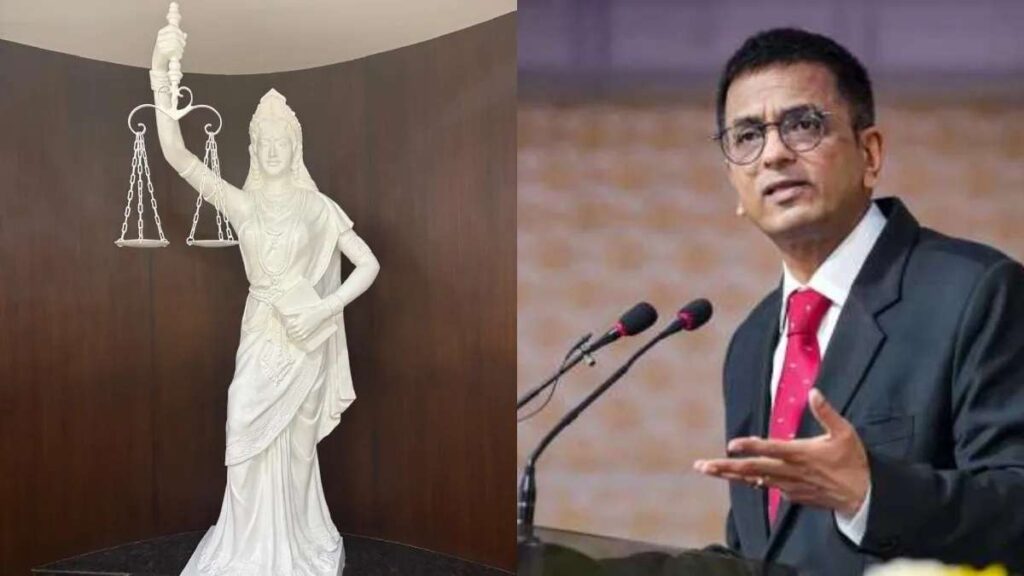Rehan Khan
On 16th October, a new statue of Lady Justice was installed at the Supreme Court of India, marking a significant departure from traditional representations. The statue, commissioned by Chief Justice DY Chandrachud, replaces the blindfold and sword with open eyes and the Constitution, symbolizing a shift towards justice rooted in constitutional values.
The CJI highlighted that “the law needs to break away from colonial legacies” and that the statue should hold the Constitution to demonstrate that “justice is dispensed according to the Constitution and not through violence.” The scales, still held in the statue’s right hand, continue to represent the impartiality of the courts, weighing facts and arguments before delivering a verdict.
This change reflects the judiciary’s effort to modernize and move beyond its colonial past. Chief Justice Chandrachud emphasized that justice is not blind but “sees everyone equally,” reaffirming the constitutional commitment to fairness and equality for all citizens.
The redesigned Lady Justice, now installed in the judges’ library, stands as a symbol of the evolving nature of justice in India, with law and equality at its core.

